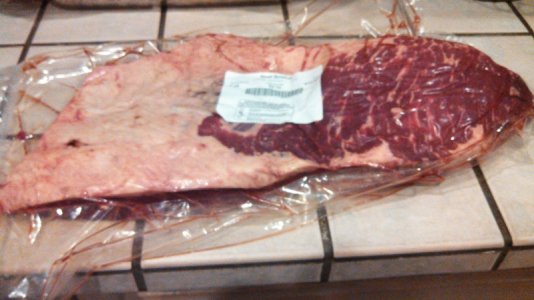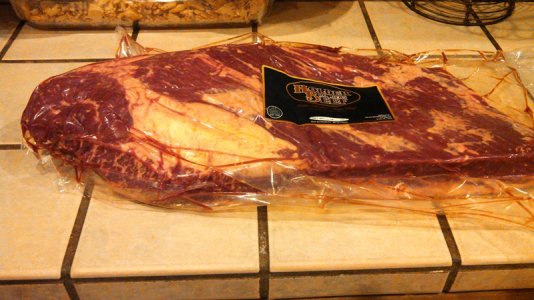okie smoker
Knows what a fatty is.
New to the forum, but been casually bbqing for several years. Typically, I do pork butt, chicken, turkey. I'm planning to do a brisket for Christmas. I've tried a brisket a couple times and not had much luck with it turning out real good.
With pork and poultry, I've been a big fan of brining first and wonder if that is an option with brisket. I've found recipes and tips that are all over the map and a few links were from this forum, so I figured why not join and ask.
Here's a couple recipes I found that I am considering.
http://www.instructables.com/id/Memphis-Styled-BBQ-Brisket/
http://www.foodnetwork.com/recipes/patrick-and-gina-neely/smoked-cider-brisket-recipe/index.html
I would love to hear tips and techniques, as well as recipe ideas.
Thanks!
With pork and poultry, I've been a big fan of brining first and wonder if that is an option with brisket. I've found recipes and tips that are all over the map and a few links were from this forum, so I figured why not join and ask.
Here's a couple recipes I found that I am considering.
http://www.instructables.com/id/Memphis-Styled-BBQ-Brisket/
http://www.foodnetwork.com/recipes/patrick-and-gina-neely/smoked-cider-brisket-recipe/index.html
I would love to hear tips and techniques, as well as recipe ideas.
Thanks!


